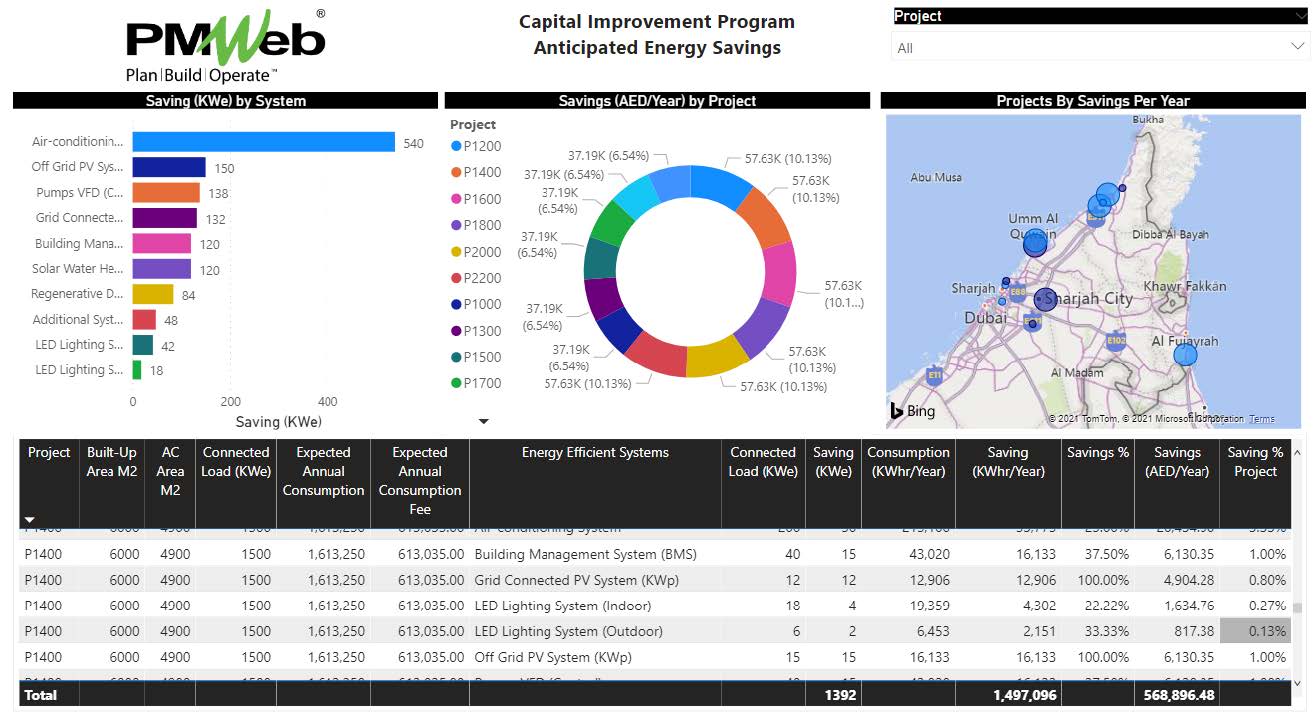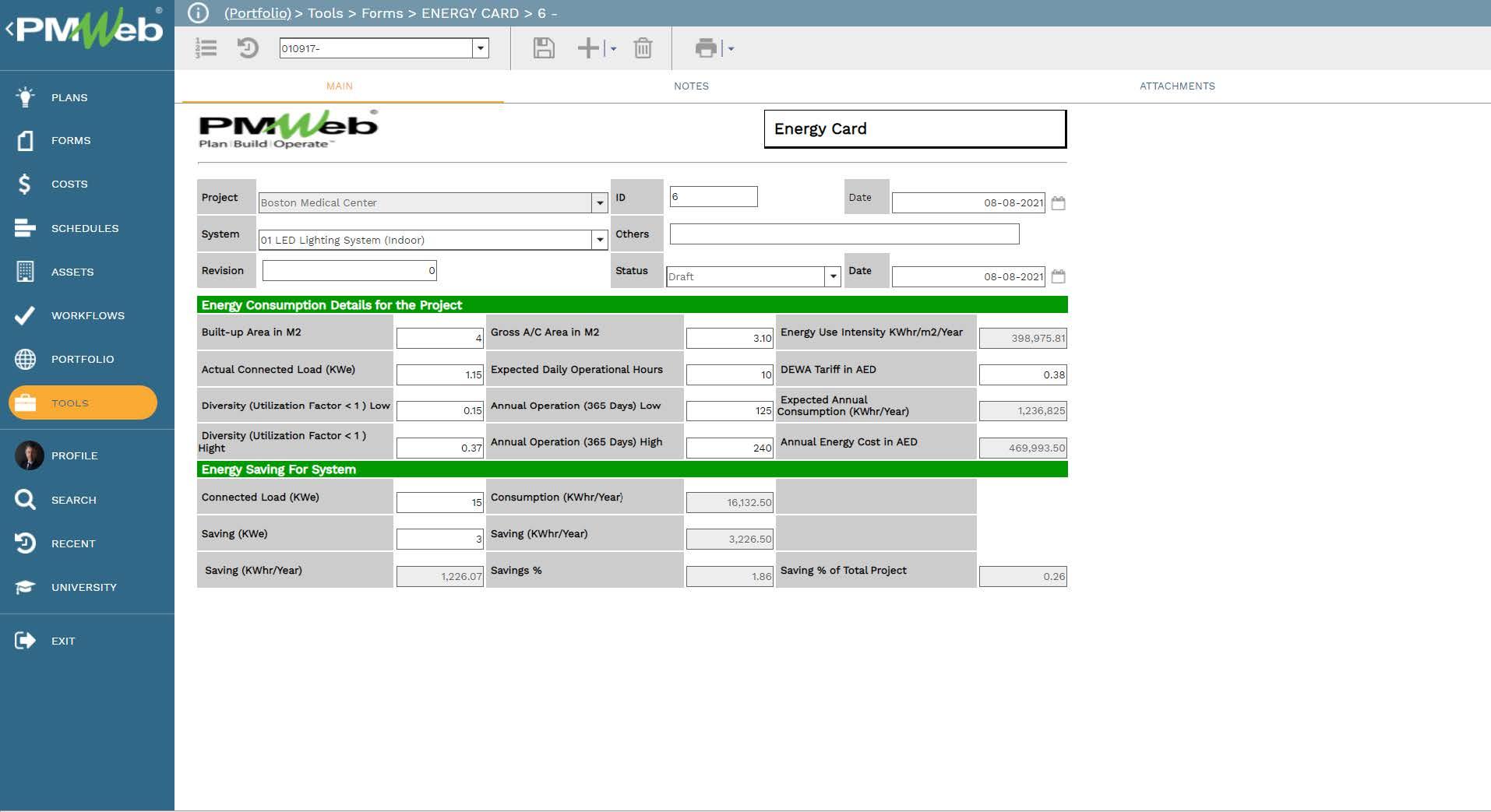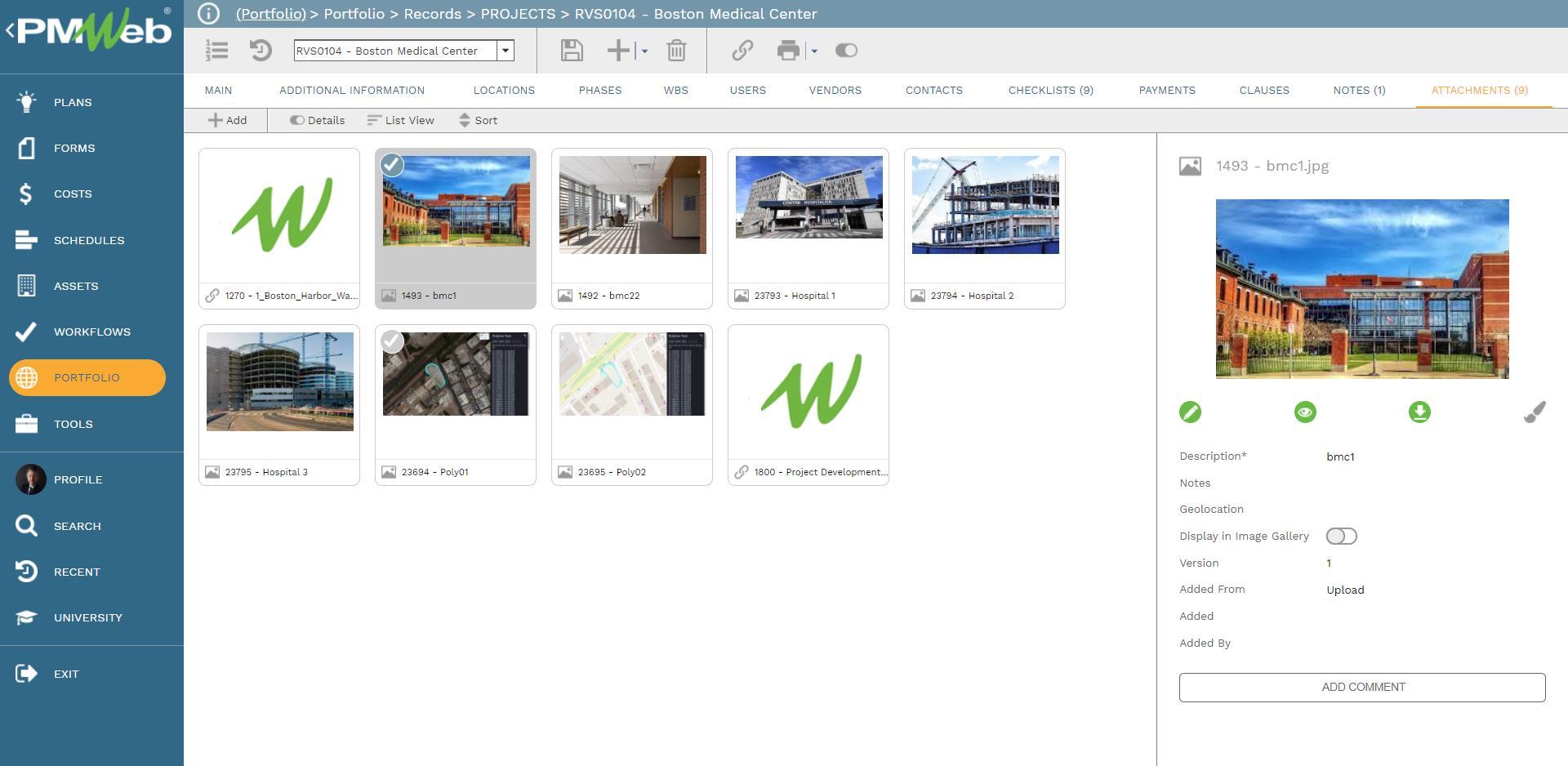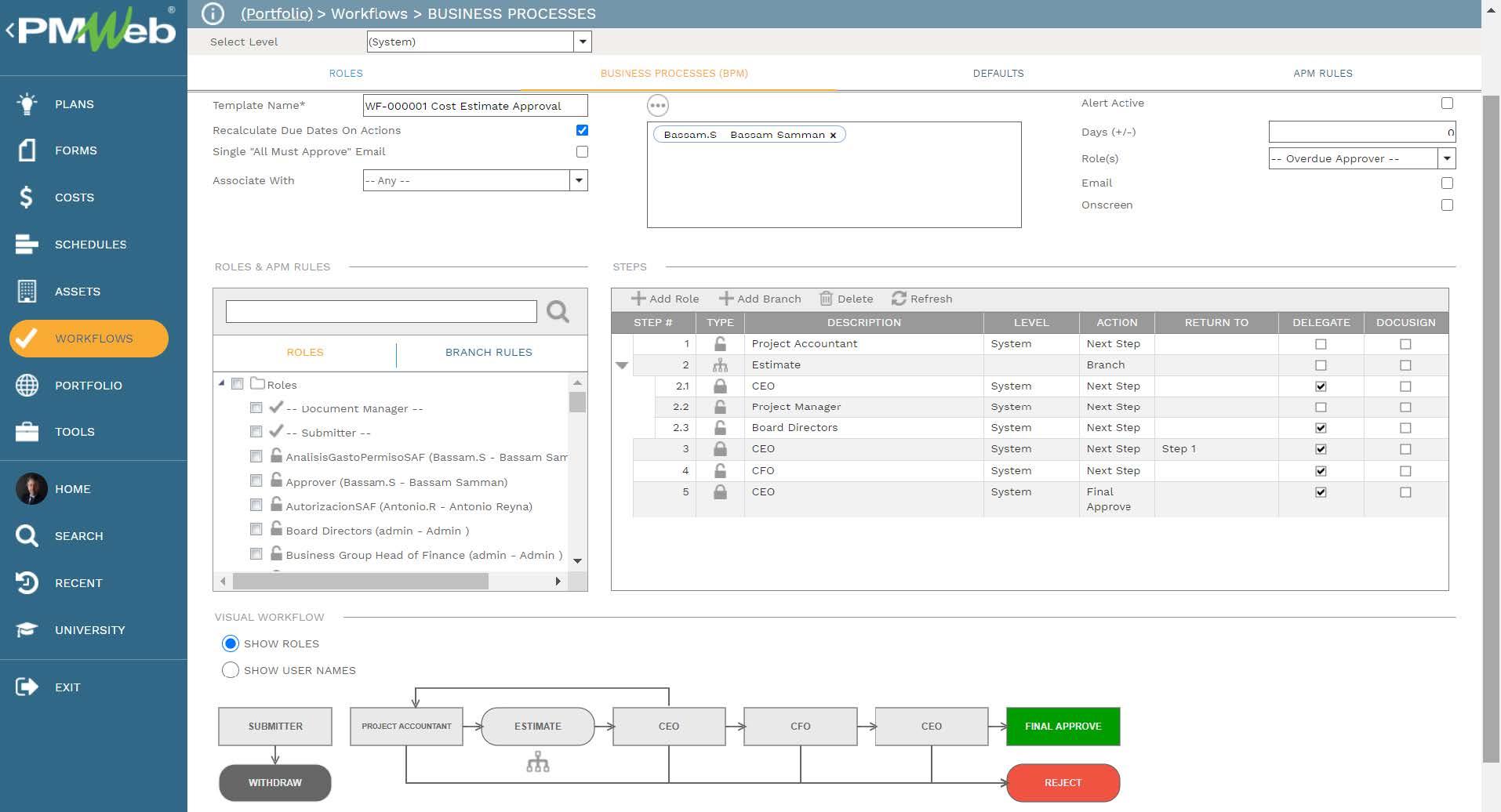One of the growing trends among capital project owners is to undertake capital improvement projects that would result in energy savings, such as right-sizing equipment, retrofitting equipment, and similar small-scale projects. Infrastructure replacement projects that provide energy-efficient alternatives for aging mechanical systems. Reducing energy consumption not only reduces the electricity consumption charges but also has a positive impact on reducing carbon-monoxide emissions. Energy consumption savings could be achieved by improving the use of LED Lighting System (Indoor), LED Lighting System (Outdoor), HVAC System, Grid-Connected PV System, Off-Grid PV System, Solar Water Heating System, Pumps Variable Frequency Drives (VFD), Building Management System (BMS), Regenerative Drives (Elevators, Escalators) and others. For each system, proper analysis and quantification of the current required electricity load and the load savings from the replacement needs to be carried out. This will include thermal load calculations, catalogs, and details of the replacement system, design details, cost of replacement, and all other documents needed to review and approve each energy-saving proposition.

Using a Project Management Information System (PMIS) like PMWeb, the Energy Saving Card will be one of the many business processes needed to manage capital improvement projects. Similar to other business processes, a template will be created using PMWeb custom form builder to capture the details of every energy saving that could be implemented on the project. The template will include few input fields plus few fields that will be automatically calculated using the input fields.
The template will capture the details of the capital improvement project including project name, built-up area, air-conditional area, current power connection load, annual consumption in KW, and the cost of the consumption. In addition, it will include details of the building’s high and low Diversity or Utilization Factor as well as the number of Annual Days of Operation for the high and low utilization. The form will also include the electricity consumption tariff.
In addition, the form will include the connected load in (KWe) for the building system being assessed, estimate saving load saving in (KWe), and the estimated value of this saving using the electricity consumption tariff. The form will automatically calculate the percentage of monetary savings for the system being considered as well as out of the project’s overall electricity consumption changes.

For each proposed energy saving, there will be a requirement to attach all relevant supporting documents. Those could include thermal load calculations, details of the material or equipment to be used for saving energy among many others. The attachment tab for the Energy Card will be used to attach all those supportive documents. It is also highly recommended to add comments to each attached document to provide a better understanding of what was the document for. The attachment tab also allows the user to link other records for business processes implemented in PMWeb as well as associate URL hyperlinks with websites or documents that are not stored in the PMWeb document management repository.

To enforce accountability for each submitted energy-saving proposal, the PMWeb workflow module will be used to create a workflow to formalize the review and approval tasks of the Energy Card business process. The workflow will map the sequence of the review and approval tasks along with the role or user assigned to the task, duration allotted for the tasks, rules for returning or resubmitting a document, and availability for each task. In addition, the workflow could be designed to include conditions to enforce the authority approval levels as defined in the Delegation of Authority (DoA) matrix.

When an Energy Card transaction is initiated, the workflow tab available on the template will capture the planned review and approve workflow tasks for each transaction as well as the actual history of those review and approval tasks. PMWeb will capture the actual action data and time, done by who, action taken, comments made, and whether team input was requested.

The business process created for the energy-saving proposals can be done for any other building system replacement that is part of the capital improvement program. For example, those could include the removal of Asbestos, replacing of external cladding, upgrading wet areas, upgrading water supply system, HVAC system, fire protection system, fire alarm system, information technology infrastructure, and others. The business process will be used to ensure that all changes are reviewed and approved before they get implemented.



